In a business environment that is full of so much uncertainty, it pays to be able to think quickly and communicate at a high level. That’s why businesses are investing in improvisation training for their staff to increase their workplace collaboration and creativity skills.
When most people think of improvisation, they think of improv actors doing funny things on a stage. But improvisation at its core is heightened communication and requires intensive listening. Without extremely strong listening skills, any improv scene would fall apart.
One of the first things that beginning improvisers learn is to stop trying to be funny. When they focus instead on the present moment and working together, that’s when an improv scene starts to work. This applies directly to a business environment because these same improv skills lead to increased creativity, teamwork and leadership.
For example, in a typical workplace negotiation, the outcome is always going to be uncertain. But using improv skills helps people adapt to the dynamics of the process and leads to people working together to build options which in turn generates a resolution.
The foundational improv principle of ‘Yes, and…’ is the main driver of great improv skill. On stage, improvisers use ‘Yes, and…’ to build a scene one step at a time by listening and responding to the last thing said. In a business environment, it means listening and accepting the ideas of others and then building on those ideas so that people work together as a team.
The unconditional acceptance of ideas can be difficult to adapt to at first, especially amongst workplace groups that are used to staking out positions. But ‘Yes, and…’ eventually becomes a mindset that can inspire a whole organization to think in a way that doesn’t judge ideas but instead embraces varying points of view so that the final result becomes more than the sum of its parts.

